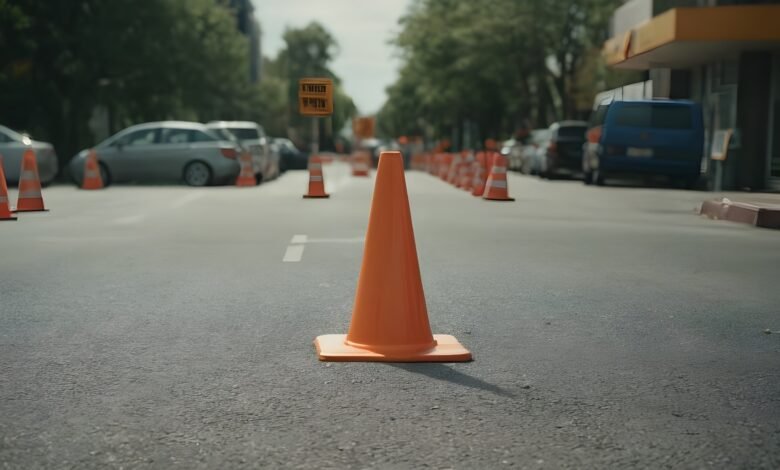The Multifaceted World of Traffic Cones: Beyond the Roads

Introduction
Traffic cones, those ubiquitous orange markers, are more than just indicators for road construction or lane closures. They are a vital part of our daily navigation and safety on the roads. However, their utility extends far beyond the asphalt, serving various purposes in different sectors. This article delves into the diverse applications and the industry behind these safety devices.
The Industry Behind Safety
Traffic cone manufacturers, like Traffic Safety India, play a pivotal role in traffic management by producing a range of cones to meet specific needs, from standard to reflective to specialized parking cones. These cones are designed to comply with international safety standards and are made from durable materials like PVC, ensuring longevity and reliability. Reflective traffic cones are particularly crucial for nighttime visibility, significantly reducing the risk of accidents.
Versatility in Use
Traffic cones are not limited to managing roadwork; they are also instrumental in organizing parking spaces, marking hazardous areas, and guiding traffic flow. Their adaptability is showcased in their portability and ease of use, making them indispensable for creating safer and more organized roadways.
Enhancing Parking Safety
In parking lots, traffic cones contribute to a smooth flow of vehicles. They are equipped with features like bold lettering or color-coding to guide drivers efficiently. Parking cones are also used to mark hazardous areas, ensuring the safety of both pedestrians and vehicles.
A Historical Perspective
The history of traffic cones dates back to ancient civilizations, where stones and wooden poles served as primitive road markers. The modern traffic cone owes its existence to Charles D. Scanlon, who patented the first “Safety Marker” in 1943. Since then, the design has evolved to include highly visible materials and reflective bands for enhanced visibility.

Global Impact and Cultural Influence
Today, traffic cones are a global phenomenon, with an estimated 140 million in use worldwide. They have permeated various industries, from construction sites to sporting events, and even into popular culture, as seen in movies like Pixar’s “Cars”. Artists have also found inspiration in traffic cones, creating everything from sculptures to fashion items.
Technological Advancements
The traffic cone continues to evolve with technology. Manufacturers are now embedding them with chips and sensors to send alerts if they are moved or involved in an accident. This innovation enhances their functionality and safety impact.
Conclusion
Traffic cones are a testament to the power of a simple design that fulfills a complex range of functions. From their historical roots to their modern-day applications, these cones are not just tools for traffic management but symbols of safety and order. As we continue to navigate our world, the traffic cone stands as a sentinel, guiding us through the hazards and ensuring our journey is a safe one.


